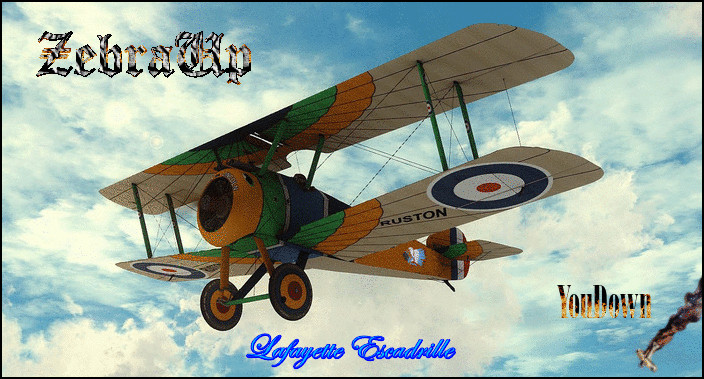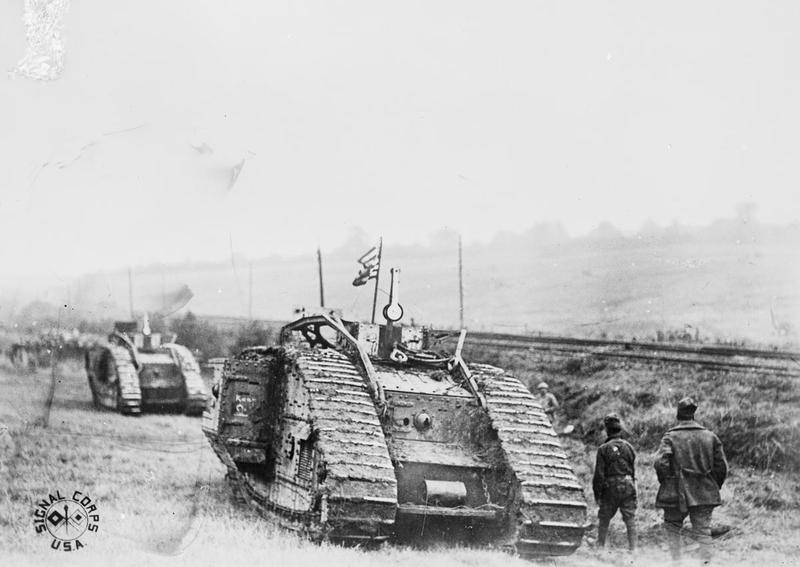"WORLD WAR I was shaped by the new vehicles developed during the fours years of conflict. A century after the start of the war, we’re looking back at the most remarkable planes, cars, tanks, zeppelins it helped bring about.
Aviation was in its infancy at the start of World War I, but it had revolutionized warfare by the time the armistice was signed in 1918. It is perhaps ironic, then, that one of the most important airplanes of the war never saw combat—even if it did give rise to civil aviation in post-war America and introduce the wonders of flight to much of the country.
The Curtiss JN-4, built by the Curtiss Aeroplane Company in Buffalo, New York, became a mainstay of the US Army Air Service, which bought thousands of them to train pilots. It was a rudimentary plane, even then, with one seat for a student and another for the instructor. It had two fixed wheels and a wooden tail skid. Fitted with a 90-horsepower Curtiss OX–5 V8 engine, the biplane could hit 75 mph and fly as high as 11,000 feet. It had a wingspan of 43 feet, weighed less than a ton fully loaded, and could stay airborne for just over two hours. Most of them carried no weapons and were used solely for training.
What made the plane so special, and so popular, was the fact that it was mass-produced. The JN-4D, the most popular model, came out in 1917, and four other companies joined Curtiss in producing enough of them to meet wartime demand. All told, nearly 7,000 Jennies were built, most of them JN–4Ds produced during the 12 months before the end of the war.
As popular as the plane was with the Army, the Jenny came into her own after the war. The government sold hundreds of surplus JN-4s, some of them still in their shipping containers, to anyone with $300 (about $4,130 today), says Jeffery S. Underwood, a historian at the United States Air Force Museum at Wright-Patterson Air Force Base in Ohio. The plane proved especially adept at barnstorming, becoming the most popular aircraft used in that daring sport. Thousands of pilots learned to fly in a Jenny, including Amelia Earhart.
Less daring pilots flew around the country offering rides to paying customers. The Jenny also was the first plane to carry mail for the postal service. “It popularized the idea of flight across the continent,” says Underwood, and the plane was most likely the first many Americans ever saw. Its image even made its way onto one of the most famous stamps of all time, mistakenly printed upside down. Only 100 “Inverted Jenny” 24 cent stamps are known to exist. One was sold at auction in 2007 for just shy of a million dollars.
The large supply of cheap JN-4s for sale hurt the profits of new aircraft manufacturers for years, but in the long run, it was a major boon for the budding commercial aviation industry. It “helped to create a much larger market for faster, more modern airplanes,” Underwood says. More than 100 years after the start of the war that spurred its development, the Jenny is still flying. You can catch it at air shows around the country."
www.wired.com/2014/08/the-humble-wwi-bip...ch-commercial-flight
This article includes videos and pictures of the jenny at the link above

















